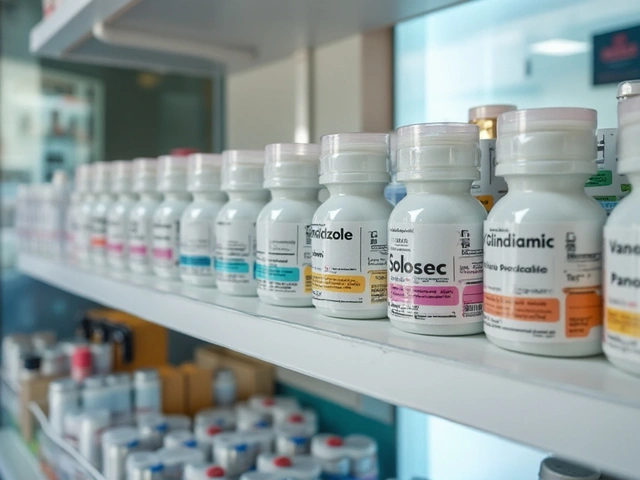Melasma: What It Is, Why It Happens, and How to Fight It
If you’ve noticed brown‑gray patches on your face that won’t fade, you’re probably looking at melasma. It’s a common skin issue that loves sunshine, hormones and certain cosmetics. The good news? You don’t need a dermatologist for every step – many everyday habits can keep the dark spots under control.
Why melasma shows up
Melasma is basically an overproduction of pigment called melanin. Sun exposure triggers skin cells to crank out more melanin as protection, and hormones like estrogen or progesterone amplify that response. That’s why it often appears during pregnancy (the “mask of pregnancy”), with oral contraceptives, or after hormone therapy.
Genetics also play a role – if your parents had melasma, you’re more likely to develop it. Darker skin tones tend to show melasma more prominently, but anyone can get it.
Everyday moves that actually work
Sunscreen is non‑negotiable. Choose a broad‑spectrum SPF 30 or higher, apply it every morning, and reapply after sweating or swimming. Look for zinc oxide or titanium dioxide formulas; they sit on top of the skin and don’t trigger extra melanin production.
Wear hats and sunglasses. A wide‑brimmed hat blocks direct rays that hit your cheeks and forehead – the spots love those areas.
Mind your makeup. Some foundations contain ingredients that can irritate skin and worsen melasma. Opt for non‑comedogenic, fragrance‑free products and always remove them before bed.
Gentle exfoliation helps. Using a mild AHA (like glycolic acid) two times a week can speed up cell turnover, letting the dark cells shed faster. Don’t overdo it – too much scrubbing makes inflammation worse.
Topical treatments are worth trying. Over‑the‑counter creams with ingredients such as niacinamide, azelaic acid or vitamin C can lighten spots gradually. If you need stronger results, a prescription retinoid or hydroquinone may be recommended by a doctor.
Remember, consistency beats intensity. Most people see noticeable lightening after 8‑12 weeks of daily care.
If home steps aren’t enough, professional options exist: chemical peels, laser therapy, or microneedling performed by a qualified skin specialist. These can give faster results but come with higher cost and potential side effects, so discuss them thoroughly before committing.
Lastly, stay patient. Melasma is stubborn because it’s tied to your body’s natural defense system. By shielding yourself from UV rays, balancing hormones when possible, and using gentle brightening agents, you’ll keep the patches from getting darker and gradually see a smoother complexion.
As a blogger, I've recently come across an interesting topic - Melasma in Men. Melasma, a common skin condition, often affects women, but it can also occur in men. It's characterized by dark, discolored patches on the skin, primarily on the face. The causes range from genetic predisposition to sun exposure and hormonal imbalances. Fortunately, there are various treatments and preventative measures available, such as topical creams, laser therapy, and sun protection, to help manage and prevent this condition.






